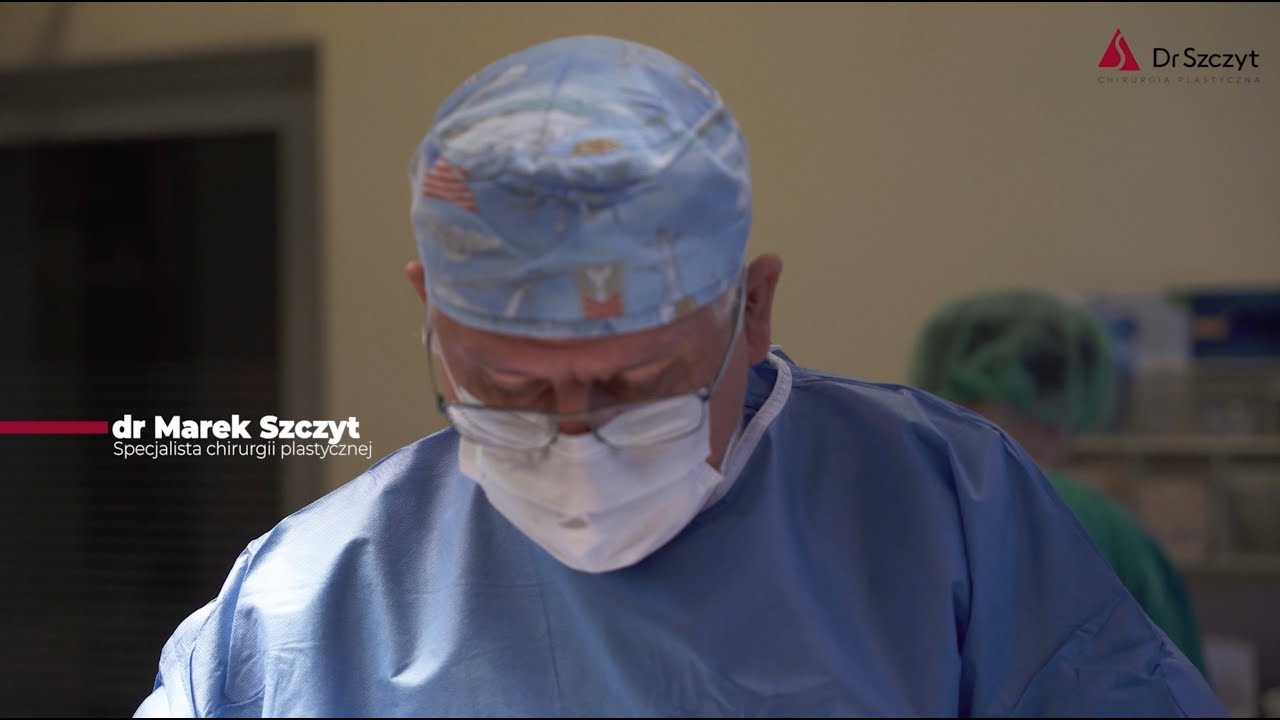Effective ways to reduce body fat

Excess body fat is not only an aesthetic issue, but also a health issue, affecting the well-being and functioning of the body. A variety of methods, from lifestyle changes to modern aesthetic medicine procedures, make it possible to effectively reduce its amount and improve the silhouette. The combination of a proper diet, regular physical activity and professional procedures brings long-lasting results, supporting both health and appearance.
The role of adipose tissue in the body
Adipose tissue is the largest energy reservoir that the body uses in caloric deficit situations. Due to its adaptability and plasticity, the amount of adipose tissue can change depending on lifestyle (diet, level of physical activity or environmental influences).
Protective functions of adipose tissue
One of the important roles of adipose tissue is to protect internal organs from mechanical injury. The tissue acts as a kind of cushion, shielding important structures of the body. In addition, it has the function of an insulator, helping to maintain proper body temperature. Adipose tissue is also a source of stem cells, which have applications in aesthetic medicine, including lipolifting procedures. Its excess can be used for body contouring and aesthetic improvement.
Despite the aforementioned positive functions, excess body fat can lead to health problems, including obesity or metabolic diseases. Therefore, it is important to maintain its amount in healthy proportions, which requires a proper diet, physical activity, but also the use of modern methods of aesthetic medicine and plastic surgery, if necessary.
How does lifestyle affect body fat?
Lifestyle plays a significant role in regulating body fat. How we eat, how much we move, and what habits we form on a daily basis have a direct impact on whether we maintain a healthy body weight.
Nutrition
Diet is one of the main determinants of body fat. Consuming excess calories, especially in the form of highly processed foods rich in simple sugars and trans fats, promotes the deposition of excess energy in the form of body fat. In contrast, a diet rich in fiber, protein and healthy fats helps control body weight, supports metabolism and reduces fat storage. Regular meals of adequate calories and quality help maintain energy balance.
Physical activity
Movement is one of the most effective ways to reduce body fat and prevent excessive fat accumulation. Regular exercise, including strength training, aerobic or interval training, helps burn excess calories, improves metabolism and increases muscle mass, which supports maintaining healthy levels of body fat.
Environmental factors and daily habits
Sedentary lifestyles, lack of sleep, high levels of stress or improper habits, such as snacking between meals, can lead to increased body fat. Stress, especially chronic stress, increases levels of cortisol, a hormone that promotes fat deposition, especially in the abdominal area. In addition, lack of adequate recovery in the form of sleep disrupts the hormonal balance, which also makes weight control more difficult.
Hormonal changes
Lifestyle also affects the body's hormonal balance, which regulates fat deposition and burning. Hormonal fluctuations due to diet, physical activity or lifestyle increase the tendency to deposit fat in certain parts of the body.
Surgical methods of fat reduction
Surgical fat reduction methods are an effective solution for people who struggle with stubborn fat deposits that are resistant to diet and physical activity. The procedures allow precise body contouring and removal of fat from specific areas of the body such as the abdomen, thighs, buttocks or arms. Although they do not replace a healthy lifestyle, they complement efforts to achieve the desired silhouette.
Liposuction - a popular method of removing excess body fat
Liposuction is one of the most commonly performed plastic surgery procedures. It allows the removal of excess fat from selected areas of the body. The procedure is not a method of weight loss, but helps in body contouring and elimination of fat deposits resistant to diet and exercise.
Liposuction involves breaking up fat cells and removing them using cannulas - thin tubes inserted under the skin. Depending on the technology used, different liposuction methods are distinguished:
- Laser liposuction - uses laser energy to dissolve fat, which simultaneously improves skin tone,
- Ultrasonic liposuction - ultrasonic waves break up fat cells, which are then suctioned out,
- Infrasound liposuction - infrasound precisely breaks up fat and does not lead to damage of surrounding tissues.
At Dr Szczyt 's clinic, the preparation process for liposuction is carefully planned to ensure maximum safety for the patient and optimal results of the procedure. Each stage of preparation is individually tailored to the patient's needs and the specifics of the planned procedure.
Injection lipolysis - an effective way to get rid of local fat
Injection lipolysis is a good option for people who want to reduce localized fat deposits resistant to diet and exercise. The procedure works well for small areas, such as the chin (known as the second chin), folds on the back, breeches on the thighs or folds of fat on the abdomen or arms. Injection lipolysis is also not a method of weight loss and is not a substitute for a healthy lifestyle, but it does help with body contouring and elimination of fat in hard-to-reach areas.
During the procedure, active substances - phosphatidylcholine or sodium deoxycholate - are injected into the fatty tissue, which break down the fat cells, causing them to dissolve and release the fat into the bloodstream. It is then metabolized by the liver and naturally removed from the body.
FAQ
What is adipose tissue and what is its role in the body?
Adipose tissue has important functions in the body, such as energy storage, protection of internal organs from injury and thermal insulation. However, its excess can lead to health problems, including obesity, diabetes and cardiovascular disease.
What are the basic methods of fat reduction?
Basic methods include a healthy diet, regular physical activity and lifestyle changes, including avoiding stress and getting enough sleep. Aesthetic medicine procedures, including liposuction or injectable lipolysis, can also help with stubborn fat.
Is diet and exercise enough to get rid of excess fat?
Diet and exercise are basic elements of weight control, but in some cases fat is deposited in areas that are difficult to reduce, such as the abdomen, thighs and chin. In such situations, it is worth considering aesthetic medicine and plastic surgery procedures that will precisely eliminate fat deposits.
What does liposuction involve?
Liposuction is a surgical procedure that removes excess fat using cannulas inserted under the skin. It is effective for body contouring and fat reduction in areas such as the abdomen, hips and thighs.
What is the difference between liposuction and injection lipolysis?
Liposuction is an invasive surgical procedure that removes fat mechanically. Injection lipolysis is a less invasive method that involves the injection of fat-dissolving substances, which are then naturally removed from the body.
Is injection lipolysis effective on small areas of fat?
Yes, injection lipolysis is a suitable solution for localized fat deposits like chin, belly folds or so-called "breeches. The procedure is minimally invasive and produces visible results after just a few sessions.
Are fat treatments safe?
Fat reduction procedures are safe if performed by experienced specialists. Before each procedure, a medical consultation is necessary to rule out contraindications.
How long do the effects of the treatments last?
The effects of procedures such as liposuction or injection lipolysis are permanent, as the fat cells removed do not renew themselves. However, poor diet and lack of physical activity can cause the remaining fat cells to enlarge, leading to weight gain.
Are there non-invasive treatments for fat reduction?
Yes, there are non-invasive methods, such as cryolipolysis (fat freezing) or ultrasound, which break down fat cells. The methods are less taxing on the body, but require several sessions for full results.













